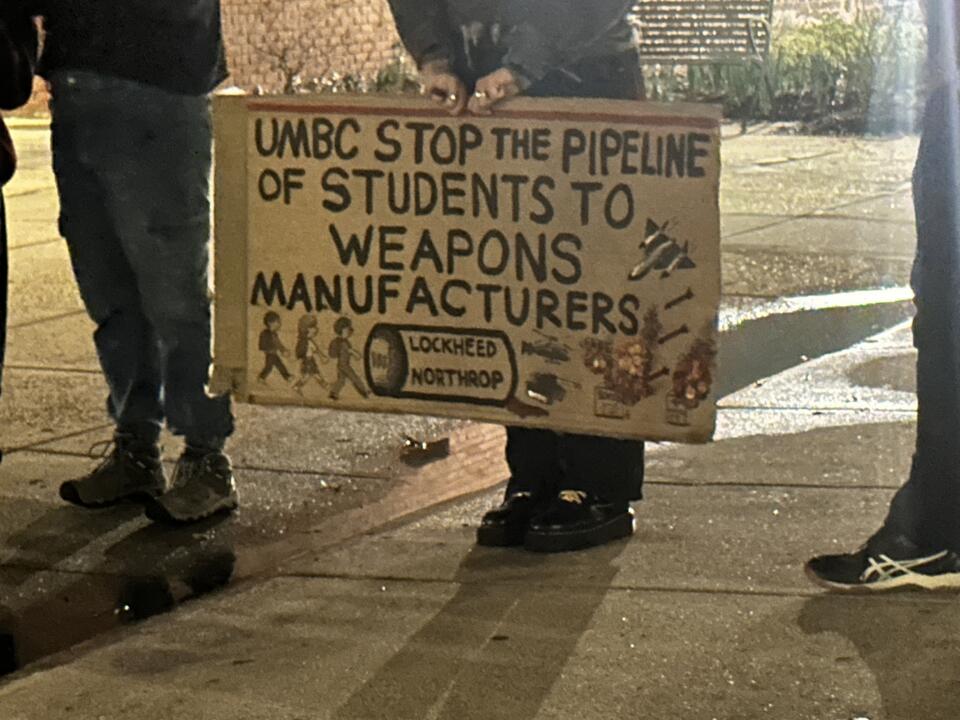In the aftermath of the historic flood that struck Maryland last month, organizations and volunteers are making efforts to rebuild and offer aid to affected communities.
On the afternoon of May 27, heavy rain totaling up to 13 inches caused flash flooding in many parts of the greater Baltimore region. The storm caused significant damage and sparked water rescues in several parts of the region, particularly around the Patapsco River. The event, which claimed the life of National Guard Sgt. Eddison Hermond, occurred less than two years after a similarly destructive flood struck central Maryland in the summer of 2016.
In Ellicott City’s Historic District, which had born the brunt of the 2016 storm, floodwaters caused serious damage to buildings – many of which had just been rebuilt from the prior flood – and washed away cars along Main Street. The communities of Catonsville and Arbutus, which are adjacent to UMBC, also experienced heavy flooding, with various road and bridge closures taking place in Catonsville.
Despite the difficulties that these communities face, many of their residents and workers quickly set out to rebuild their neighborhoods; government agencies, nonprofit organizations and other groups similarly worked to provide aid to the region.
In Catonsville, crews from the Baltimore County Department of Public Works, as well as local fire stations, were reported to have pumped sewage and water out of over 400 basements; several roads also received maintenance and were reopened within weeks of the flood taking place. Nonprofit organizations also provided assistance with insurance claims and flood relief services, among other concerns.
In historic Ellicott City, where the damage was most acute, shops on Old Columbia Pike have begun reopening nearly three weeks after the weather event, though individuals must pass a police checkpoint before entering the region. One restaurant in the area, Manor Hill Tavern, has been serving free food and drinks since June 2 to residents, workers and business owners on Main Street, which currently remains closed. Likewise, other businesses have also contributed to flood recovery efforts through donations.
The UMBC administration has also offered support to its community following the flash floods, noting in an email that many of the university’s members “live, work, and frequent businesses in the affected areas.” The email, which comes from UMBC’s President Freeman Hrabowski and Provost Philip Rous, adds that “UMBC is committed to supporting the local community through recovery efforts, sharing knowledge and resources to help with cleanup and, we hope, to reduce future flood risk.”
Residents or other individuals who would like to assist in recovery efforts can provide assistance in the form of direct volunteering, as efforts are still ongoing. Donations can also be made to the Howard County Community Relief Fund, the Ellicott City Partnership, the American Red Cross Greater Chesapeake Region or other charitable causes working to provide relief to the region.


